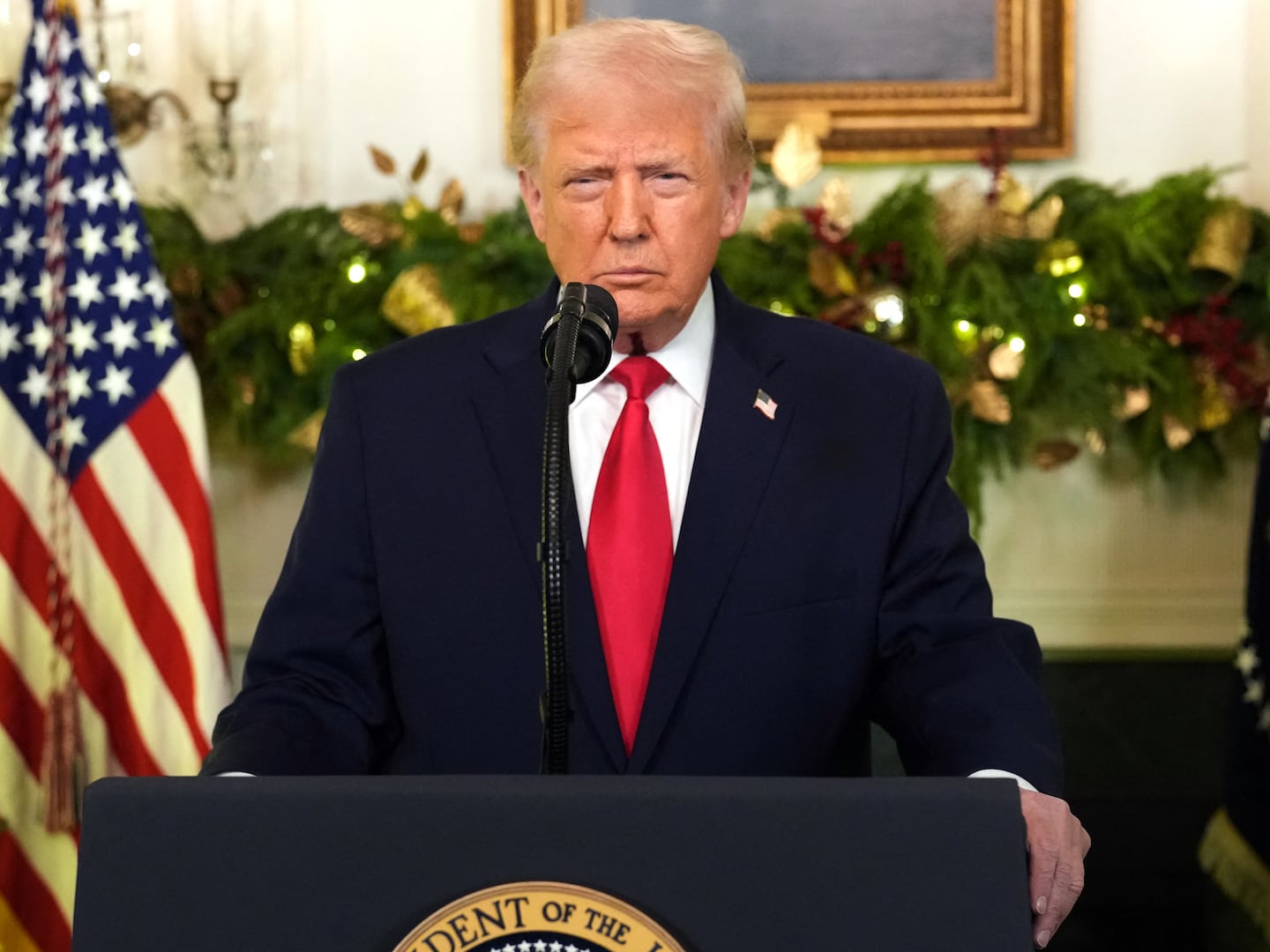
When my father, Senator Daniel Patrick Moynihan, passed away in March 2003, I vowed that I would deliver his final gift to the city he so loved: one billion dollars to rebuild New York's Penn Station, the largest transportation hub in the United States, fittingly known as The Pit.
Moynihan Station had everything the city needed most: 50,000 new jobs, a means to steer the metropolitan region towards energy sanity, a chance to avenge the destruction of the late great Penn Station and reverse the decline of government commitment to public works.
If there is a regional Green Energy public works project more substantive than Moynihan Station, show me the plans.
Five years have passed. No jackhammers or hard hats fill The Pit. But now, amid the ruins of hedge funds and derivatives, the cyclic collapse of Happy Free Marketeers, I hope that Moynihan Station can rise at last. With a new president committed to building great projects to get the economy moving again and a new U.S. senator from New York to succeed our new secretary of state, Hillary Clinton, few things should make more sense than that they become champions of Moynihan Station.
It's unhealthy to spend too much time browsing Internet sites about the old Penn Station, but I can't help it. So much was lost in October 1963, when the wrecking ball crashed into Charles McKim's masterpiece. A public space of magisterial grandeur that uplifted and united all citizens who once passed through Doric columns, lingered beneath a dome modeled on the Baths of Caracalla. Now we lurch through a squalid mall squeezed under the Knicks’ locker room, praying that the train is on time so we can escape the indignity of The Pit.
No citizen is obliged to read a bad book or watch a bad movie. But no one can escape the degrading assault of a bad building, especially a public building. Ramble through The Pit's lowly basement corridor if you can stand it, where a feast of toxic victuals are arrayed, Krispy Kreme and Dunkin’ Donuts, where anxious hordes roam past black and white photos of the old Penn Station, tacked on the wall, seemingly in jest.
Senator Moynihan once wrote: "Architecture is inescapably a public art, and conveys to future generations the political values of a certain age." Our grandparents lived in the Golden Age of public works, our parents saw those monuments destroyed, while we loiter through a sterile mall. What does the grim, joyless Pit say about our political values? Yes, Penn Station was destroyed by a city that claims to value art and beauty, by the bankers who support the opera as they tear up the city's monuments and homesteads, pilfering land and money.
In May 1999, redemption appeared, as President Clinton and Senator Moynihan held a press conference before The Pit and handed the new project, funded and approved, to the city elders. But Mayor Rudy Giuliani boycotted the ceremony and denigrated the station to the press. The administration of Governor George Pataki had 12 years to put a shovel in the ground, but nothing happened beyond a steady stream of meetings and press conferences, which cost the state an estimated $300 million.
I frequently asked why the city and state refused to spend anything for a Moynihan Station public education campaign, when an estimated $80 million was spent on New York's 2012 Olympic bid. I had hopes that making the Global Warming/Green Energy case would arouse enthusiasm, but there has been no effort to promote the station as a green project. If there is a regional Green Energy public works project more substantive than Moynihan Station, show me the plans.
So where did all the money go? I shall leave that to investigative reporters, oversight committees and political scientists to study the causal pathways of dysfunction in government. Paralysis and waste clog Albany's arteries, nothing appears to break the logjam. New Yorkers pay the highest taxes in the country, but we don't get a lot of public works for our money. One is thankful that the MTA and Thruway function at all. The billions in transportation funds Senator Moynihan delivered to New York never seem to wend their way into structural improvements, they barely cope with maintenance.
As we waited for the expiry of the wretched Pataki era, Senators Charles Schumer and Hillary Clinton protected the money and lobbied for more. Jerry Nadler, midtown's congressman, was diligent and supportive. Then in February 2008, the new governor, Eliot Spitzer, went to Washington for meetings on Moynihan Station, the budget crisis, and an assignation in the Mayfair Hotel. The Spitzer administration collapsed, and the dazzling mirage of Moynihan Station evaporated yet again.
In these years after 9/11 and the Iraq War, our roads and subways crumbled while hedge funds soared and Manhattan gasped and shuddered under a construction boom. Wrecking crews flattened city blocks to make way for luxury condominium towers and corporate monoliths. The new, obscenely overwrought, vacant Lehman Brothers headquarters hovers over Times Square, a symbol of Wall Street's vandalism of public trust, an empty monument to the era.
And now comes the reckoning, a massive financial crisis, a deadly virus, a global tsunami. On Friday December 5, the Labor Department announced that employers cut 533,000 jobs in November. And in his weekly radio address on December 6, President-elect Barack Obama presented his plan to put millions of people to work by "making the single largest new investment in our national infrastructure since the creation of the federal highway system in the 1950s."
Senator Moynihan once said; "Money used for public works isn't spending; it's investing." When five years hence, Americans will have to live like the rest of the world, with fuel rationing and compulsory car-pooling, regions with trains will fare better than suburbia and exurbia. Our future quite literally depends upon our collective willpower to get things done, with speed and with vision. We must invest in public transportation and energy efficiency now, not in ten years, nor five years, or we invite catastrophe.
I watched teams of skilled men and women build the shiny new Lehman Brothers headquarters while the Moynihan Station meetings dithered over preservation details. It is those workers living throughout the five boroughs that need jobs and trains. The Moynihan Station funds are still there. Let us spend them as the late senator wished—for the people.
RELATED: The Nazi of the Quiet Car by Christopher Buckley
Maura Moynihan is the founding director of Friends of Moynihan Station. She lives in New York City.






